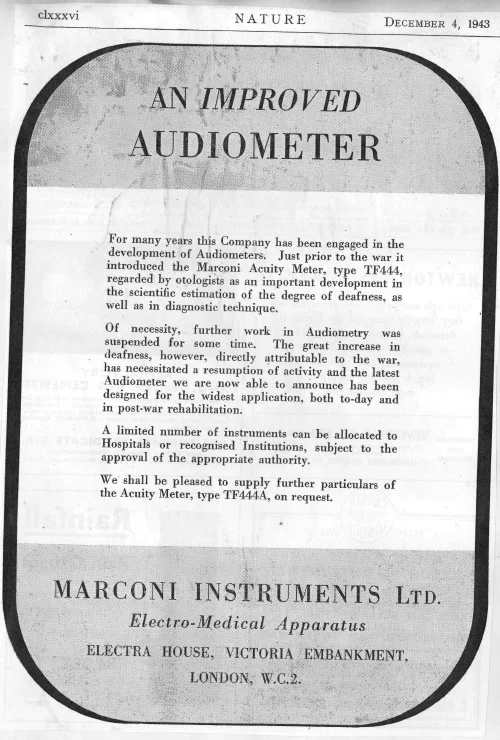Update by Laura Mainwaring on her research work with us for our #Influenza100 #Spanishflu exhibition and workshops in 2019. Funded by the British Society for the History of Science.
…
One hundred years ago, the 1918-19 influenza pandemic, known as the Spanish ‘flu, wreaked havoc across the globe, affecting the health of about one-fifth of the world’s population. It caused the deaths of approximately 50–100 million people worldwide; more than the estimated 16 million lives claimed by the First World War. To commemorate the one hundredth anniversary of history’s deadliest pandemic the Florence Nightingale Museum are holding the exhibition “Spanish Flu” between 21 September 2018 to 16 June 2019. The George Marshall Medical Museum (GMMM) are hosting a touring exhibition from the Florence Nightingale Museum in early 2019.
I am grateful to have received support from the British Society for the History of Science (BSHS), which has allowed me to carry out research about the 1918-19 influenza pandemic and bring local content to the upcoming touring exhibition at the GMMM. I uncovered the local response to the pandemic by delving into the collections held at the GMMM and the public archives held at the Worcestershire Archive and Archaeology Service at The Hive. I spent most of my research time at The Hive, looking through health committee minutes, school log books, hospital reports, and local newspaper reports.
The local government response was in-line with the many localities across the country, with the restriction of cinema opening times and the closure of schools. Looking through the school log books highlighted the scale of the outbreak, but reading the local newspapers bought home the extent of suffering for the local population, with the publishing of high-mortality figures and obituaries. The pages were also littered with stories of soldiers surviving the War but who sadly succumbed to the outbreak. The Kidderminster Shuttle reported in November 1918 that Gunner S. Powell spent the last two weeks of the War on leave from France, visiting his parents in Kidderminster. Whilst he was home he contracted influenza, which was followed by pneumonia, and this proved fatal. Powell died on the 24th November 1918, just thirteen days after the War ended.
Gunner S. Powell survived the War but contracted influenza whilst home on leave, which proved fatal. Source: Kidderminster Shuttle, November 1918
The medical nature of the project and the fact that the records were just inside a 100-year closure period, albeit by a few months, meant that I was faced with data protection obstacles. In order to gain access to the hospital records held at The Hive I had to receive permission from the Caldicott Guardian at the Worcestershire Health and Care NHS Trust. As a result of this project, I now have more of an understanding of data protection and how to gain access to archives that contain personal sensitive data. I have also gained experience in turning archival research into engagement outputs. I created a research booklet on the impact of the Spanish ‘flu on the Worcestershire area, bringing together newspaper reports, advertisements, archival material, and collections from the George Marshall Medical Museum. This booklet will be available for visitors to the exhibition, as well as future researchers. I also had the opportunity to create a school workshop, using my research to inform the themes and activities.
I have enjoyed collaborating with the curator at the GMMM, Louise Price, who has given me support and guidance throughout the project. I look forward to speaking about my research at a seminar, held in conjunction with the University of Worcestershire, to be held at the GMMM on 5th April 2019.





